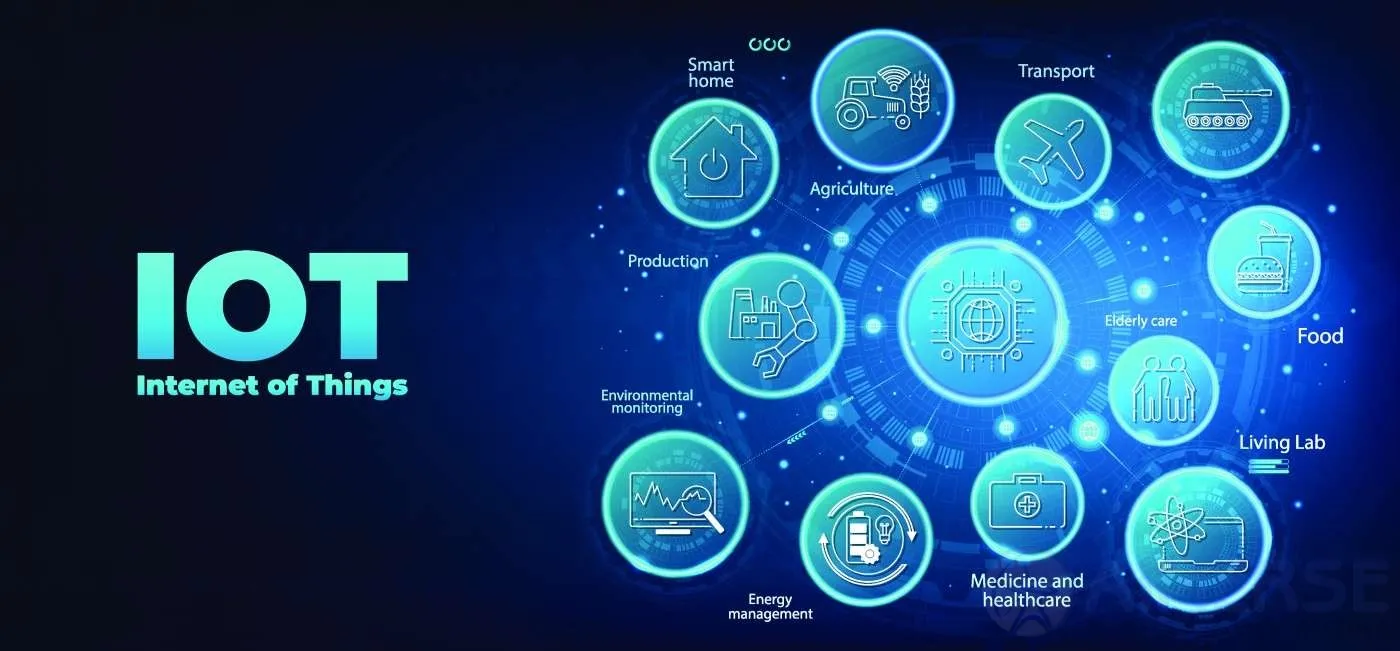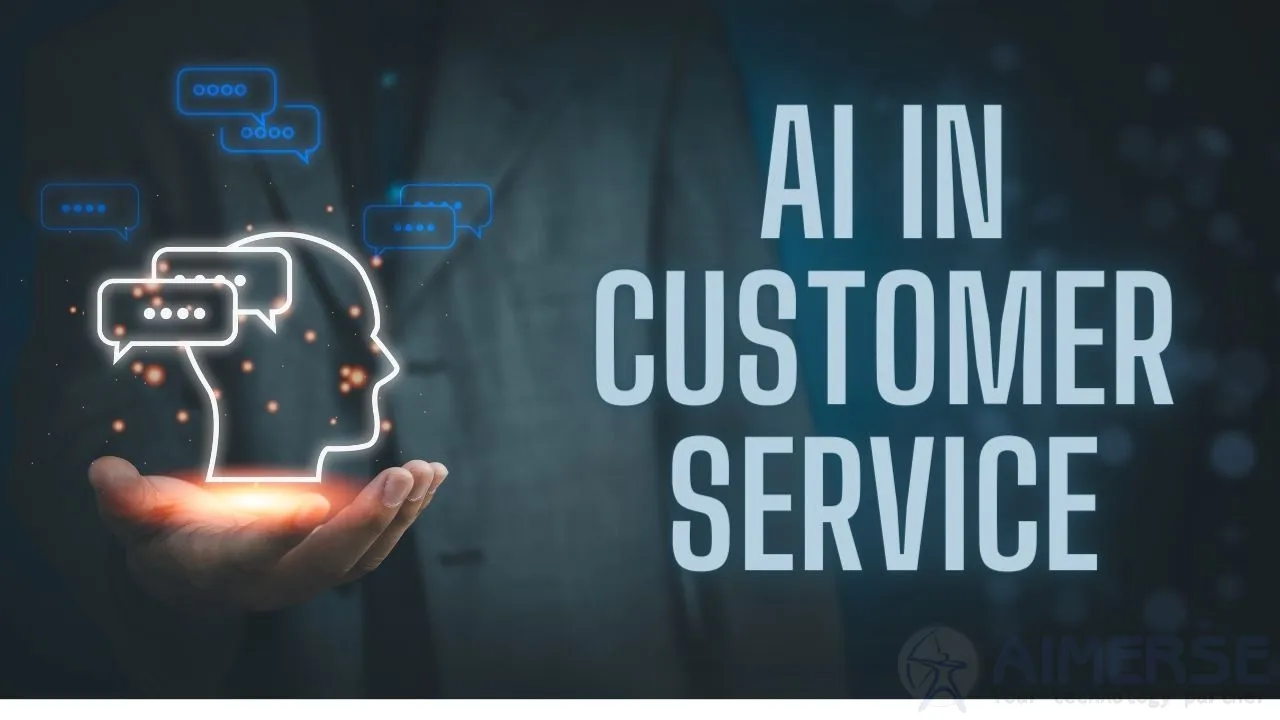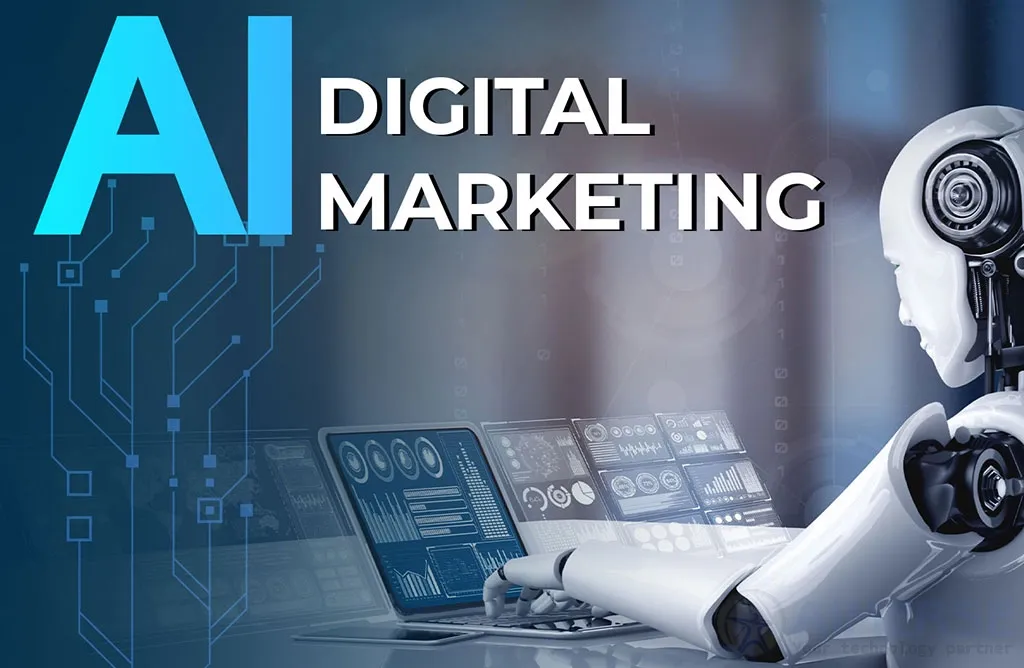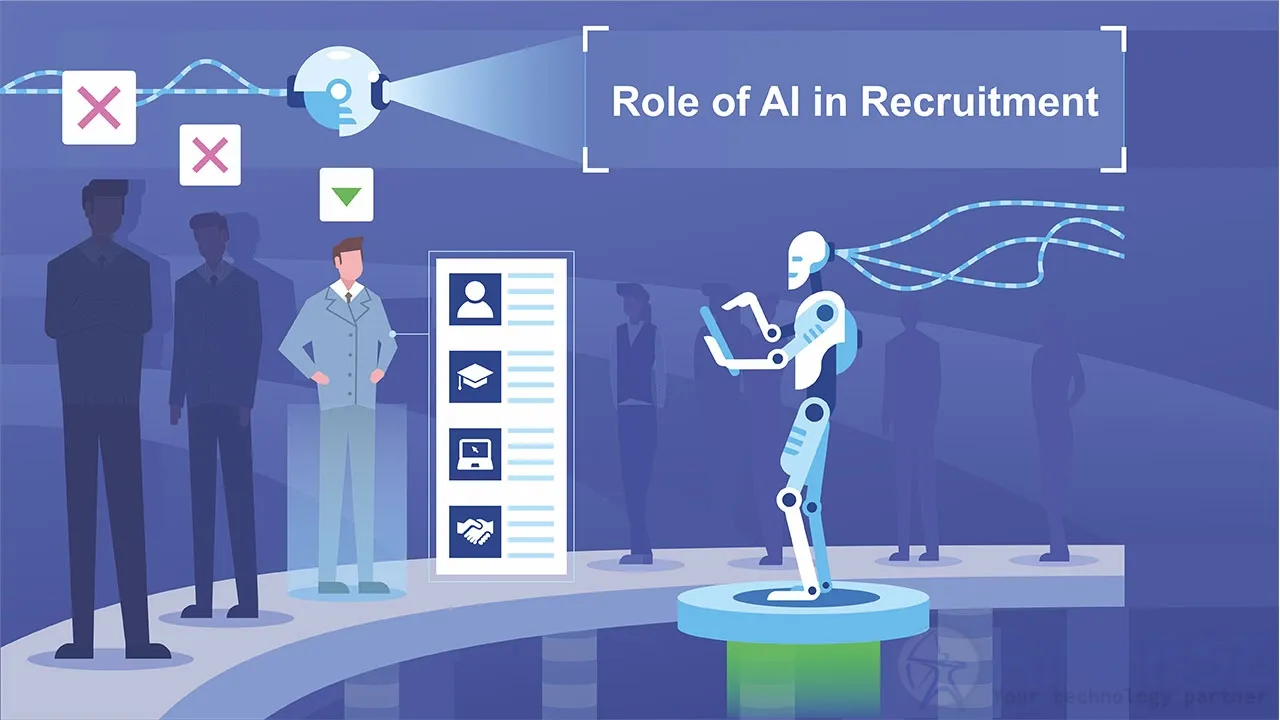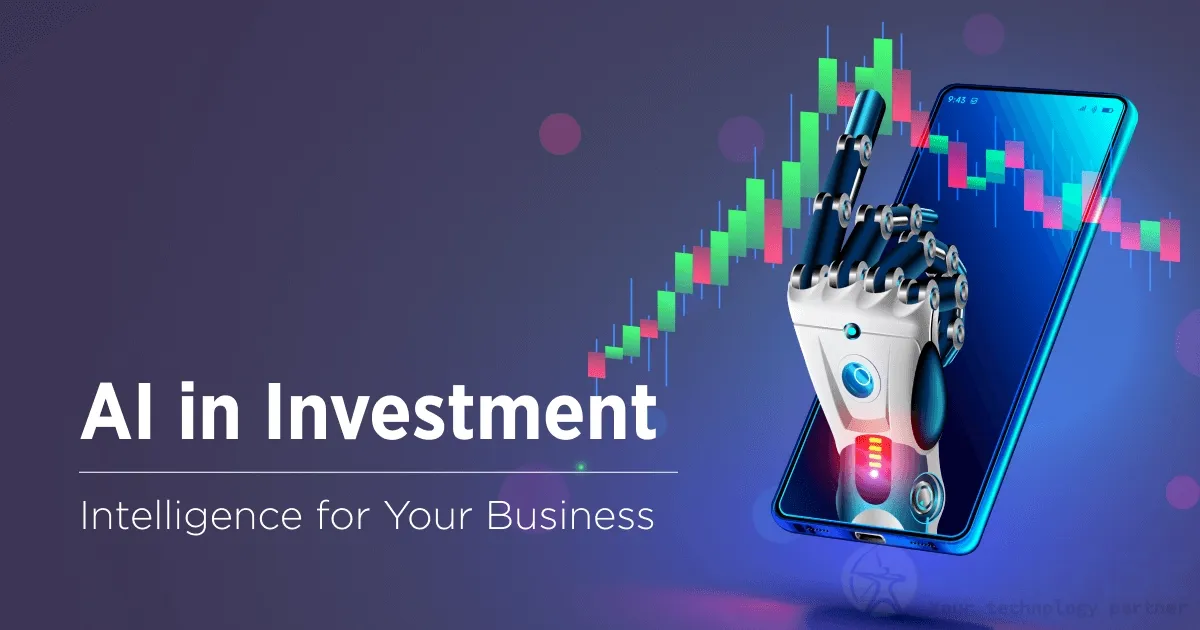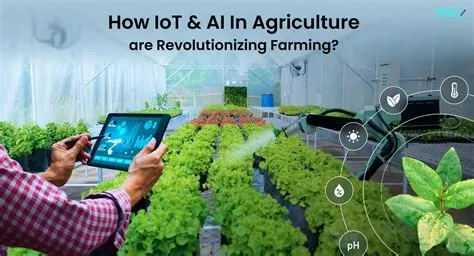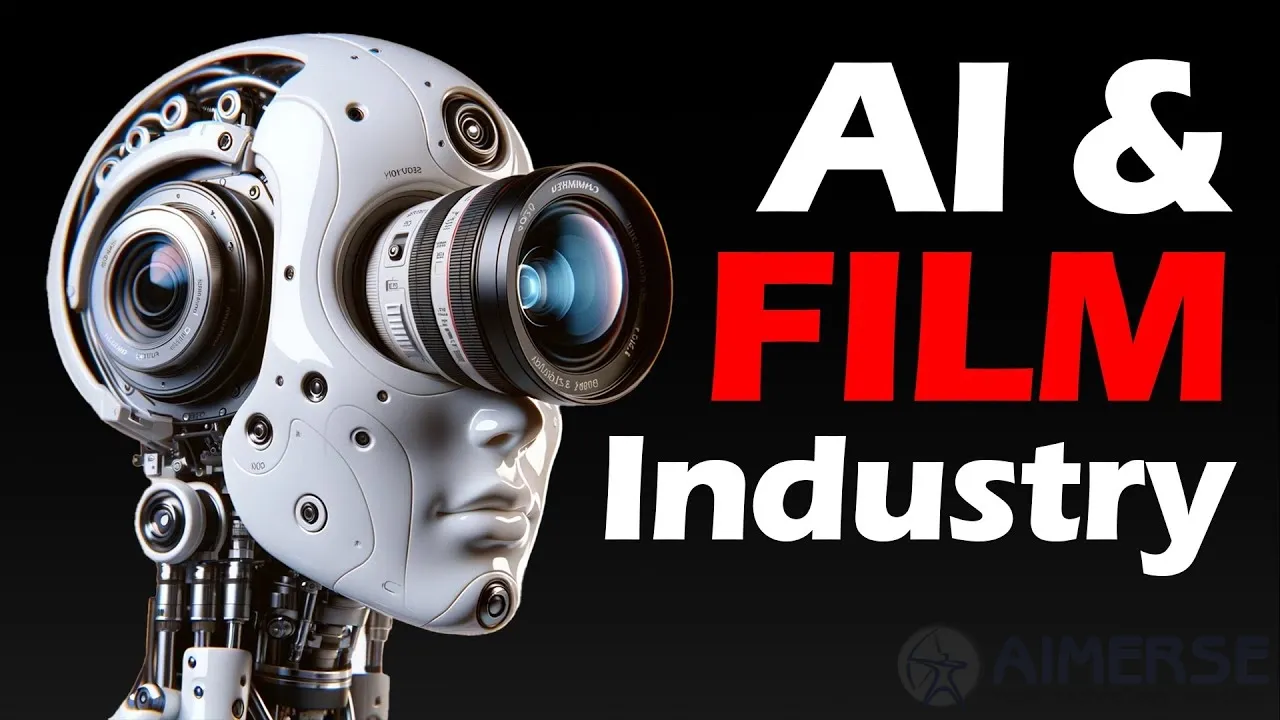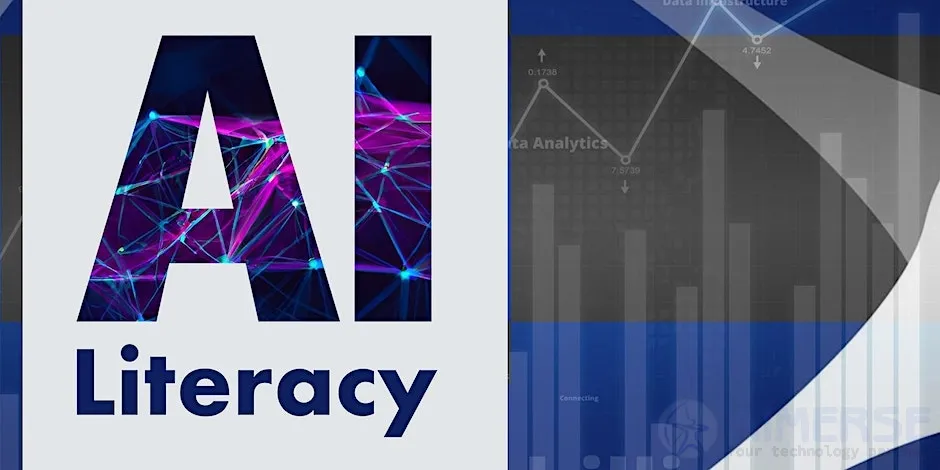Internet of Things (IoT): Developing Connected Applications.
From a far-fetched dream to the actual reality, IoT has progressed so fast and had a very big impact on the application development process across different sectors and how they develop and utilize them. By enabling devices to send and receive information over the internet without any human interaction, IoT opens up a wide avenue for making systems much smarter and more responsive.
Understanding IoT in Application Development
IoT is a network of physical objects loaded with sensors, software, and other forms of technologies that connect and transfer data with other devices and systems via the Internet. The connected devices range from simple house appliances to industrial equipment that functions in complex ways to offer enhanced functionality and service.
Advantages of Connected Applications Development
- Enhanced Productivity: These allow organizations to have access to operational activity monitoring and automatic workloads for efficient data-based decisions that lower operating costs and reduce losses from downtime.
- Optimized user experiences: The device-to-device smooth interactions brought forth by the application of IoT in such solutions also help give better intuitive user response times adapted to the needs on the spot.
- Innovative Business Models: The data of the connected device can often be very insightful, thus helping businesses to work out and come up with new services and products according to customer needs.
Challenges in IoT Application Development
Though IoT has provided numerous benefits and advantages, developing connected applications is not without its own set of problems:
- Security Issues: Since there is immense data exchange that is happening between the two devices, it hence requires protection of data privacy along with cyber threats.
- Interoperability Issues: Some aspects of high numbers of devices and platforms can be challenging in terms of proper communication between systems.
- Scalability: The high number of devices connected may mean applications must handle increased data loads and ensure continued performance.
Best Practices in IoT Application Development
- Prioritize Security: Strong encryption and authentication procedures are essential for preserving the confidentiality and integrity of data, which is why security must be prioritized.
- Ensure Interoperability: Design applications based on open standards and protocols; hence, there will be interaction with a myriad of heterogeneous devices and platforms.
- Scalability: Create application architectures that support the explosion in the number of connected devices with subsequent data that explodes with those devices.
- Leverage Data Analytics: Use analytics techniques to gain more meaningful insights into data obtained by connected devices that can enrich decision-making.
Conclusion
The Internet of Things has transformed the development of applications because it brings ecosystems with connected functions that deliver highly advanced functionalities with improved user experience. Understanding the advantages and challenges of IoT aids developers in coming up with applications that exploit the transformative powers fully.
At Aimerse Technologies, focus on creating software solutions that are specific to various technologies, such as Java Spring Boot, Python Django, Laravel, Node.js, and React.js. Our linked application development ensures IoT connection, providing your business with intelligent features that satisfy your needs and seamless integration.
